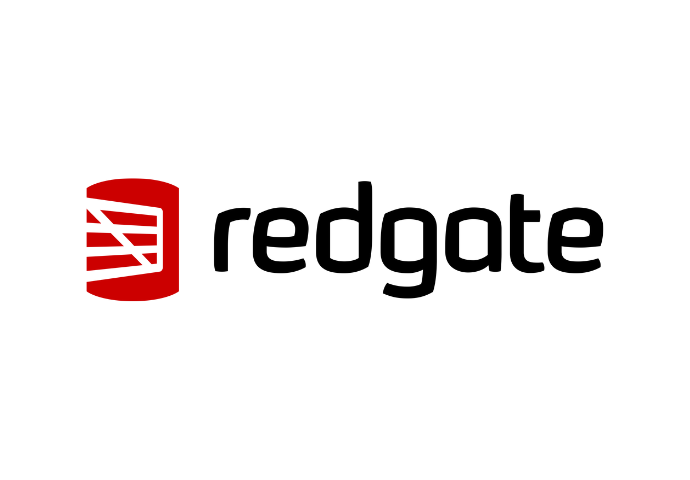A surprising 88% of organizations now host their databases partly or mostly in the cloud, and over half (55%) are actively using AI in database management or considering doing so, as highlighted in The State of the Database Landscape Report from end-to-end Database DevOps provider Redgate. Notably, more than a third (36%) host their databases almost wholly in the cloud, double that of 2020, but the movement to cloud is not universal: a third of organizations (31%) remain mostly or all on-premises. In the field of AI, 65% of organizations using AI are doing so for tasks like generating sample data or code snippets, optimizing database queries, and automating test scenarios.
A deeper analysis of the data, however, reveals a more nuanced picture in which the future and pace of adoption for newer technologies varies across sectors and by company size. As David Gummer, Redgate CPO, comments: “From headlines and hype, one could be forgiven for thinking that cloud and AI adoption is ubiquitous and following well-established patterns. However, the data shows a different picture in reality. Looking at historical data from our survey, we can see a staged journey to the cloud as organizations assess and shift their priorities according to their maturity, the needs of their customers and their different data requirements. We fully expect to see the same pattern as AI technologies mature and shift from potential game-changers to real-world benefits.”
Different journeys to the cloud
The move from on-premises to the cloud is well documented, and across every sector and company size the reasons for doing so are consistent: scalability and flexibility, high availability and reliability, and cost efficiency, in that order. Interestingly, costs were always cited third in every industry sector Redgate surveyed.
There are variations, however, in how far organizations have come on the journey to cloud. While around a third (31%) remain mostly on-premises, it falls to around a quarter for those in the Technology (25%) and Healthcare (27%) sectors.
Similarly, just over a third (36%) of organizations including those in Technology host their databases mostly in the cloud but this falls to 29% for those in Financial Services and 25% for organizations with more than 1,000 employees. Healthcare is far ahead of the pack, however, with nearly half (46%) having moved to a mostly cloud position.
We also see a mixed picture when it comes to the future of cloud adoption. Only 19% expect to fully migrate, 17% are still evaluating options, and 15% plan to remain on-premises. A hybrid approach is the most popular among 36% of respondents although in Healthcare, where there is a rapid growth in digital health services which are a natural fit for cloud platforms, only 27% expect a hybrid approach in future.
In Technology, many of those who want to migrate to the cloud have jumped early, while 41% plan to stay with hybrid estates. Other sectors such as Finance are moving more cautiously and at a slower pace, with 42% predicting a continued hybrid approach to support their established customer bases and large legacy database estates. There is also industry perception that cloud approaches to data management may make meeting regulatory requirements more challenging.
This same disparity is seen when looking at company size. Small to medium businesses (less than 1,000 employees) follow patterns for their industry sectors, but the tipping point comes for large organizations with more than 1,000 people. In these larger companies, cloud adoption, probably as a result of being long term, stable and mature businesses, is more measured, and 48% expect to maintain a hybrid approach.
Different approaches to AI
From a standing start just a short while ago, the interest in and usage of AI is now prevalent everywhere, including database management and testing and development. Across every potential task, from predictive analytics to generating code, organizations in all sectors are exploring how it can add value and increase efficiency.
There are some interesting differences, however. While 20% of organizations are already actively using AI, this increases to 29% for those in the buoyant and growing Healthcare sector. It also falls to 14% in large organizations employing 1,000 people or more, possibly repeating the same more cautious uptake in cloud adoption.
The benefits businesses are hoping to gain also vary by sector. Across all respondents, the top three goals are automation, the streamlining of tasks and enhanced security in that order. Looking at expected benefits by industry, financial services firms are keen to achieve enhanced security, followed by optimized database performance and standardization. The major benefit being sought in Healthcare, ahead of the other goals by a wide margin, is the streamlining of tasks.
The promise of AI – and the rush to introduce it – appears to be distilling into a clearer view of the advantages it can deliver sector by sector. And while larger organizations may be taking a more cautious approach, they have the resources to move ahead once the early adopter sectors have identified what those advantages are – and where the potential pitfalls lie.
Learn More about the State of the Database Landscape:
Survey page: The State of the Database Landscape Survey
Webinar: Addressing the Technology Skills Gap



